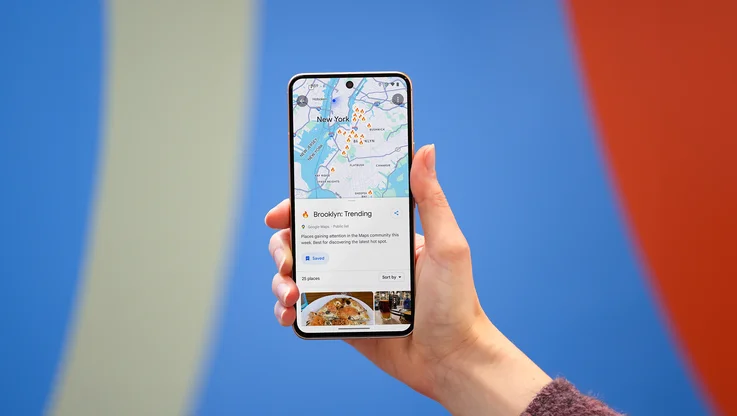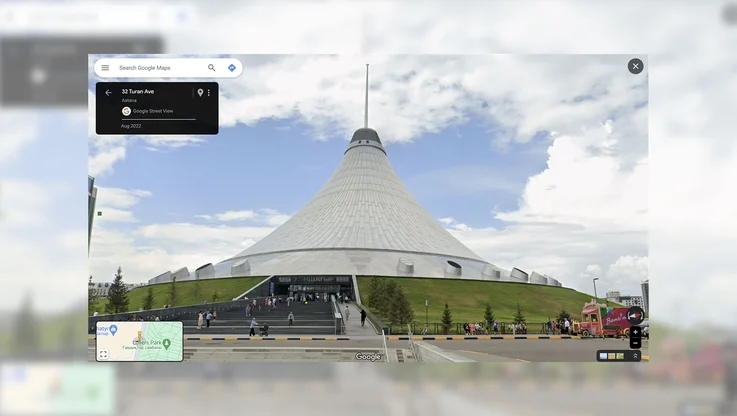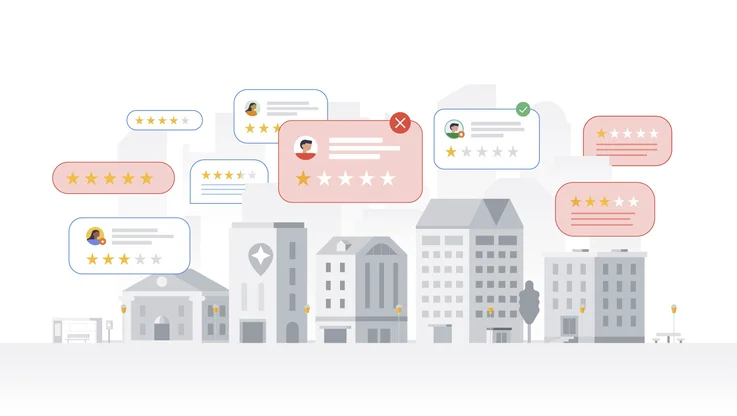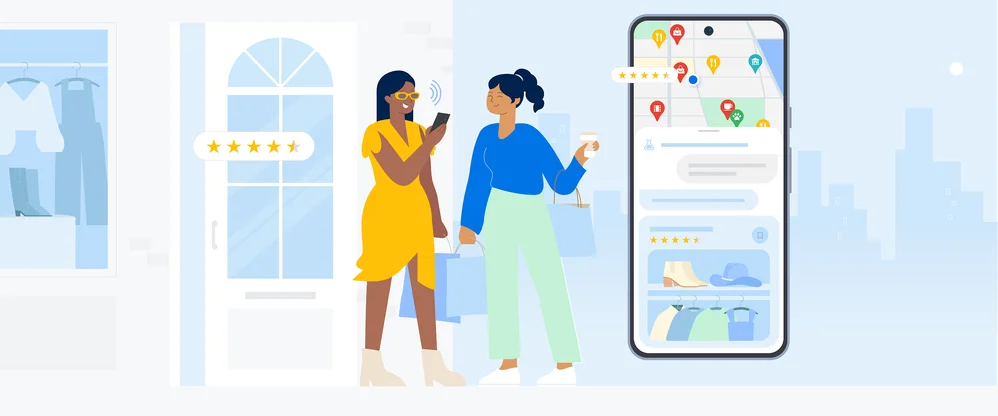How we fight fake business profiles on Google Maps
Google Maps helps people explore, navigate and get things done—and increasingly people are using Google Maps to find local businesses. Over the years, we’ve added more than 200 million places to Google Maps and every month we connect people to businesses more than nine billion times, including more than one billion phone calls and three billion requests for directions.
To help people find the places and businesses they're looking for—both big and small—Local Guides, business owners and people using Maps every day can contribute to business information. We get millions of contributions each day (like new business profiles, reviews, star ratings, and more) and the vast majority of these contributions are helpful and accurate. But occasionally, business scammers take advantage of local listings to make a profit. They do things like charge business owners for services that are actually free, defraud customers by posing as real businesses, and impersonate real businesses to secure leads and then sell them. Even though fake business profiles are a small percentage of the overall business profiles on Google, local business scammers have been a thorn in the internet’s side for over a decade. They even existed back when business listings were printed, bound and delivered to your doorstep. We take these issues very seriously and have been using a wide array of techniques and approaches to limit abuse on our platforms.
These scammers use a wide range of deceptive techniques to try to game our system—as we shut them down, they change their techniques, and the cycle continues. Although it’s important that we make it easy for legitimate businesses to get their business profiles on Google, we’ve also implemented strict policies and created tools that enable people to flag these issues so we can take action. It’s a constant balancing act and we’re continually working on new and better ways to fight these scams using a variety of ever-evolving manual and automated systems. But we can’t share too many details about these efforts without running the risk of actually helping scammers find new ways to beat our systems—which defeats the purpose of all the work we do.
We understand the concerns of those people and businesses impacted by local business scammers and back in 2017 we announced the progress we’d made. There was still work to be done then and there’s still work to be done now. We have an entire team dedicated to addressing these issues and taking constant action to remove profiles that violate our policies. Here’s more information about the progress we made against this type of abuse last year:
We took down more than 3 million fake business profiles––and more than 90 percent of those business profiles were removed before a user could even see the profile.
Our internal systems were responsible for more than 85 percent of these removals.
More than 250,000 of the fake business profiles we removed were reported to us by users.
We disabled more than 150,000 user accounts that were found to be abusive – a 50 percent increase from 2017.
This year, we’ve already introduced a new way to report suspicious business profiles and have started to apply refined techniques to business categories where we’re seeing an increase in fraud attempts. To help foster a healthy ecosystem, we’re also donating settlement funds from litigation against bad actors to organizations that educate businesses and consumers about fraud. As we continue to fight against fraud, we’re making sure people people can flag issues when they see them. Here’s how:
People can learn more about our policies for businesses representing themselves on Google and user contributed content to determine whether or not to report businesses or content for review.
People can flag individual business profiles for removal. We use such reports to investigate content and take it down if it’s found to be in violation of our policies. We also investigate the associated accounts if they’re suspected of broader abuse.
People can report multiple business profiles at once via the business redressal form to kick off the review process.
Every month Maps is used by more than a billion people around the world, and every day we and our users work as a community to improve the map for each other. We know that a small minority will continue trying to scam others, so there will always be work to do and we’re committed to keep doing better.






